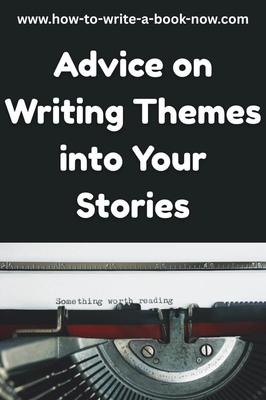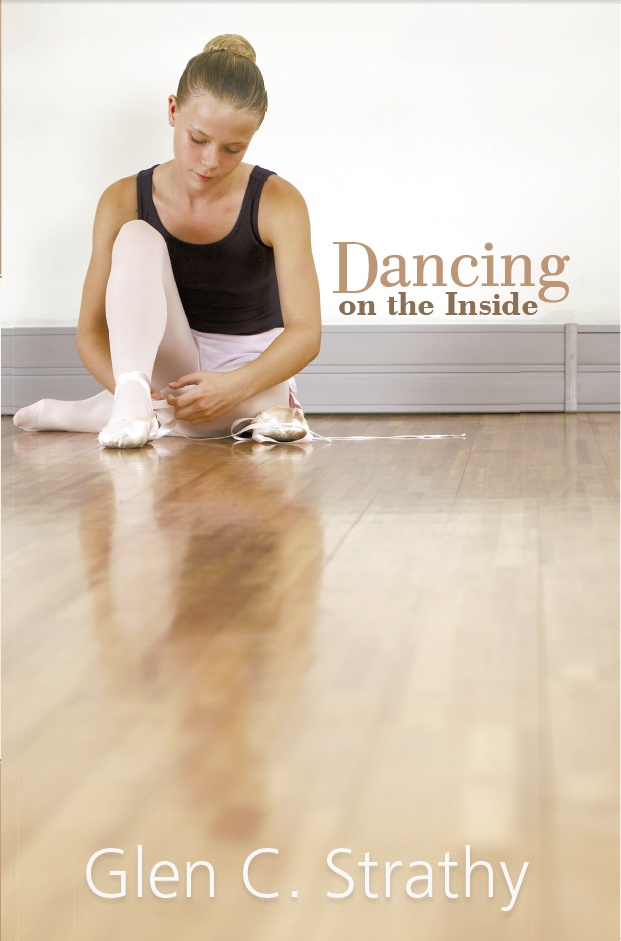How to do a time jump
Question: I don't want to do a prologue and I want the first chapter to be how the world got that way and what the character went through to get where she is now so in the second chapter it would be 10 year later. So how do I do that? How do I have the first chapter then in the second chapter it's 10 years later? How do I make it so the audience knows there's been a time jump? Do I make the character mention it like say something like "I've been here for 10 years." and then have her say some other stuff?
Answer: Lots of stories have a big jump in time near the start (generally, between the first driver or inciting incident and the rest of act one). The challenge is that the story really starts when we meet the main character in the present. The event in the past is preamble or setup. However, the best way to get the reader hooked on the story is usually to start with the main character in the present.
You have a couple of options:
1. Using a prologue. You're not alone in disliking this option. Many people aren't keen on prologues, because it delays the introduction of the main character. But calling this part of the story "Chapter One" rather than "Prologue" doesn't eliminate the problem. At least, calling it a prologue gives readers the opportunity to skip over it.
Either way, the simplest way to signal the shift in time is to start a new chapter with something like "Ten years later," or with an actual date. The narrator can also simply tell the reader that ten years have passed. Or you can let the reader infer what has happened by giving clues that the character is older or that things have changed.
2. Start with the main character in the present, coping with a present-time problem, and then tell the past events in a flashback.
3. In first person narration, the main character can tell the reader about the past, while coping with a present-time situation.
3. Another option is to have a different character bring up the past in conversation.
4. Something in the present can trigger the main character's memories of past events (so the memory becomes the flashback).
The advantage of starting with the main character is that you can let the reader connect with him/her right away, which is something most readers appreciate.
Comments for How to do a time jump
|
||
|
||
|
||
- Home
- Writing Questions
- How to do a time jump















